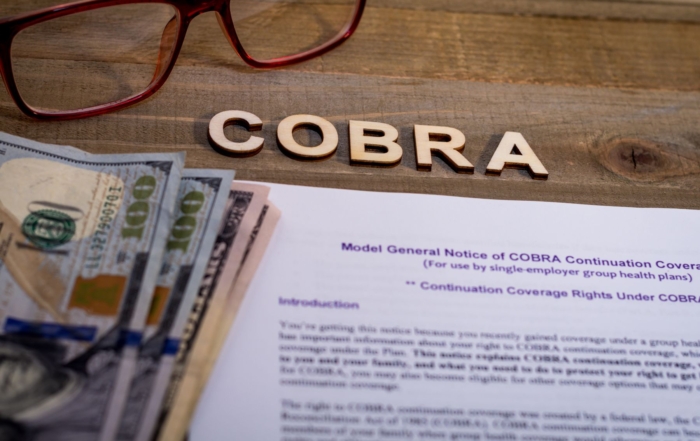Seventy-seven percent of employees who ranked their benefits education experience as “fair or poor” also rated their employer as “fair or poor,” according to a survey by the Employee Benefit Research Institute (EBRI).
Benefits satisfaction is critical to attract and retain employees, and employers need to prioritize benefits communications strategies that encourage employee engagement and promote the value of their benefits programs.
It’s important that employees make informed decisions on their benefits — one of the largest financial decisions an individual or family makes each year. For employers, however, it can be time-consuming to answer questions and guide employees on available benefits and plans, especially during open enrollment. To address these challenges, employers are encouraged to optimize the benefits enrollment process and reduce HR’s burden of educating and administering the plans.
Developing a multipronged benefits communications strategy that actually reaches and educates all employees is no easy task. For one, it’s become increasingly challenging to capture and hold the attention of employees. According to a Microsoft study, people have an average attention span of eight seconds, down from twelve seconds in 2000. The study notes that the drop in attention appears to correlate with the increased use of mobile devices.2
In addition, employers must also consider the mixed demographics of their workforce. Employers should first evaluate the employee population. Is there significant representation in each age group? Or is the population mostly millennials and Gen Xers? Younger employees may prefer “chatting” with a chatbot late at night about benefits options, while older employees may expect someone available in person or on the phone to answer benefits questions during business hours. Due to diverse needs within the employee population, it’s best to have multiple options available for employee assistance.
What Can an Employer Do to Reach All of Its Employees?
We know that when communication about benefits plans improves, employees view the plans more favorably. The EBRI survey reports that 80% of employees who ranked their benefits satisfaction as very high also ranked their job satisfaction as very high.
Unfortunately, there’s no one-size-fits-all communication medium to effectively reach all employees. Therefore, employers must build comprehensive engagement strategies to communicate the benefits package. NARFA believes in building engagement strategies that accommodate our members and their unique employee population. Education is critical to engagement and it is one of our guiding principles not only during open enrollment, but throughout the entire year.
*Content from our friends at USI was used in this piece.
Recent Posts
New Rules, Same Solution: NARFA Handles Compliance So You Don’t Have To
Everyone's talking about the insurance rate explosions, which seem to increase every year. But while you're focused on managing costs, Washington is preparing a wave [...]
Beyond Paperwork: How Your Benefits Administrator Becomes Your 2025 Benefits Strategy Partner
The 2025 Reality: Why Off-the-Shelf Plans Aren't Working Every year, the renewal notice arrives with a painful rate increase. For small and mid-sized businesses, this [...]
Due Diligence Checklist: How Strong Corporate Governance Increases Business Valuation
Whether you are raising capital, securing financing, or preparing for a sale, your company’s corporate structure and governance tell a story. That story can either [...]




